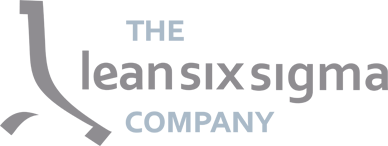Kanban was developed at Toyota by Taiichi Ohno. He was searching for an efficient system which could be used for reaching a higher productivity level. Kanban is a visual Lean Tool and is often applied in combination with JIT (Just-In-Time). Components are only produced when there is a demand. Kanban derives from the Japanese kan, which means ‘visual’ and ban, which means ‘map or board’. By using simple signalling cards (nowadays also digitally possible) one can give a signal whenever something is needed. For instance when ordering specific products.
Kanban as a production system
Kanban supports the maintanance of a production system as a whole. Kanban is an excellent way of starting improvements. Problem areas and bottle-necks are identified when the amount of kanban cards in circulation decrease. Because this means the amount of work in progress also decreases.
Production process comprehensible with Kanban
Kanban can be formed in used ways. One of the options is the kanban board. This is a variation on the kanban cards. A board is being made with post-its, magnets and cards, to achieve an overview of the amount of work and tasks. Each card represents a product in a production process and the movement on the board shows the production process. The board is often divided into three columns: “waiting for production”, “in production” and “produced”.
Another form of Kanban is the Two-bin system, also known as the ‘two tray system’. The first tray contains the workload, used for production. The second tray contains a reserve load. Once the first tray is empty, the kanban is removed from the tray used as a signal for re-ordering. Now the second tray moves forward. Once the re-order has been delivered, the system is balanced once again. When the second tray is empty, the re-ordering starts all over again by using the Kanban card which is once again in the tray.
There are several types of kanban:
- Transport kanban: a signal to the previous stage when materials can be taken out of storage and can be transported to the next point. Such a kanban contains information like: ID, where does it originate from, where is it going.
- Production kanban: a signal to production that production can commence. This contains information like processes, necessary materials, ID and/or location of where the produced product needs to go.
- Sales kanban: is similar to the transport kanban, but is being used at the external suppliers.
- Signal kanban: Consists of the signal production kanban and the signal material kanban.
Calculate stock levels – kanban:
There are many methods available to calculate the correct stock levels. To execute a correct calculation on the optimal stock, several details are needed. The actual demand/usage of the relevant (end) product and the variation in the demand/usage (does it display a lot of fluctuations, or very few?) When the factors are kept in mind when determining the optimal stock, kanban can be implemented.
Was this article helpful?

